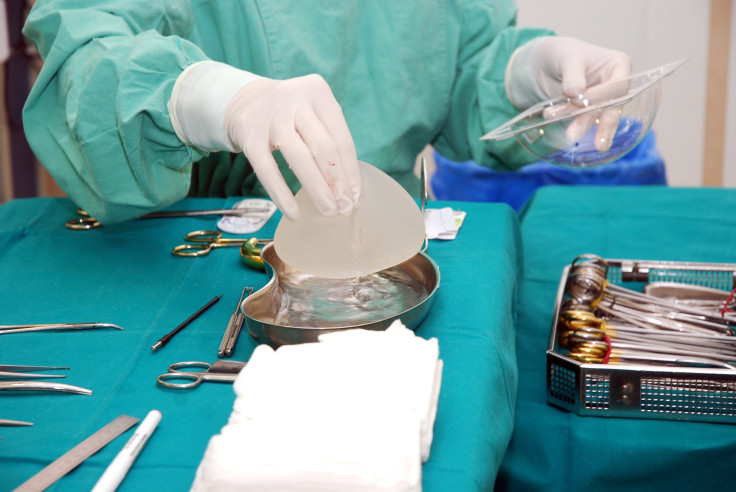Breast Implants May Now Be Way Safer, Thanks To New Surface That Lowers Cells’ Foreign Body Rejection

Silicone breast implants are far from safe or perfect — yet hundreds of thousands of women in the U.S. continue to get augmented or reconstructed breasts every year. While many of these women get implants solely for aesthetic reasons, other women — who have had breast cancer surgery or other breast-related health issues — often turn to breast implants to improve their looks and help them cope with the aftermath of their illness.
These are the women that researchers of a new study aim to help. The researchers, from the University of Manchester, developed a surface for silicone breast implants that could help reduce risks and complications that often occur post-operation, and make them more likely to be accepted by the body.
The two main types of breast implants are saline and silicone. Saline breast implants are filled with sterile salt water, so if and when they burst they will simply leak harmless salt water into the body (a ruptured saline implant, however, will “deflate” a woman’s breast). Ruptured silicone breast implants, on the other hand, are usually far less noticeable as leaking silicone often remains trapped in the fibrous tissue around the implant. While this may not cause any long-term disorders or breast cancer, it can lead to breast pain or changes in the shape and size of breasts.
Other issues post-operation include the forming of scar tissues, which causes pain, deformity, and repeated surgeries. The worst possible risk is when the body rejects the implants — which can lead to capsular contracture. The researchers thus believed they could reduce scar tissue by creating a pattern on the edge of the implant that was more similar to the body’s surface, like the basal layer of skin.
“The surfaces of breast implants in use today have relatively large features on their surface, which have no discernible correlation with biological features required for cells to interact with,” Dr. Ardeshir Bayat of the University’s Institute of Inflammation and Repair said in the press release. “Importantly, the micro environment created by the features of a breast implant is critical for breast tissue cells to adhere to that surface and grow on.”
The researchers tested the design over the course of a week, which is often a critical time post-surgery. While more research is needed, they found at least initially that the new surface was able to lower the foreign body reaction of the cells compared to the current smoother surfaces that are used currently. Some of the current surfaces were designed back in the 60s and 70s — meaning they’re quite out of date.
“Compared to the size of the cells, these bumps on existing implants are so large that they’re effectively a smooth cliff face compared to the dimensions required for the cell to interact with,” Bayat said in the press release. “Our approach was to create a novel surface which mimics the basal layer of the skin, which the body’s cells are more likely to recognize and interact with favorably.”
Source: Kyle D, Oikonomou A, Hill E, Bayat A. “Development and functional evaluation of biomimetic silicone surfaces with hierarchical micro/nano-topographical features demonstrates favourable in vitro foreign body response of breast-derived fibroblasts.” Biomaterials, 2015.



























